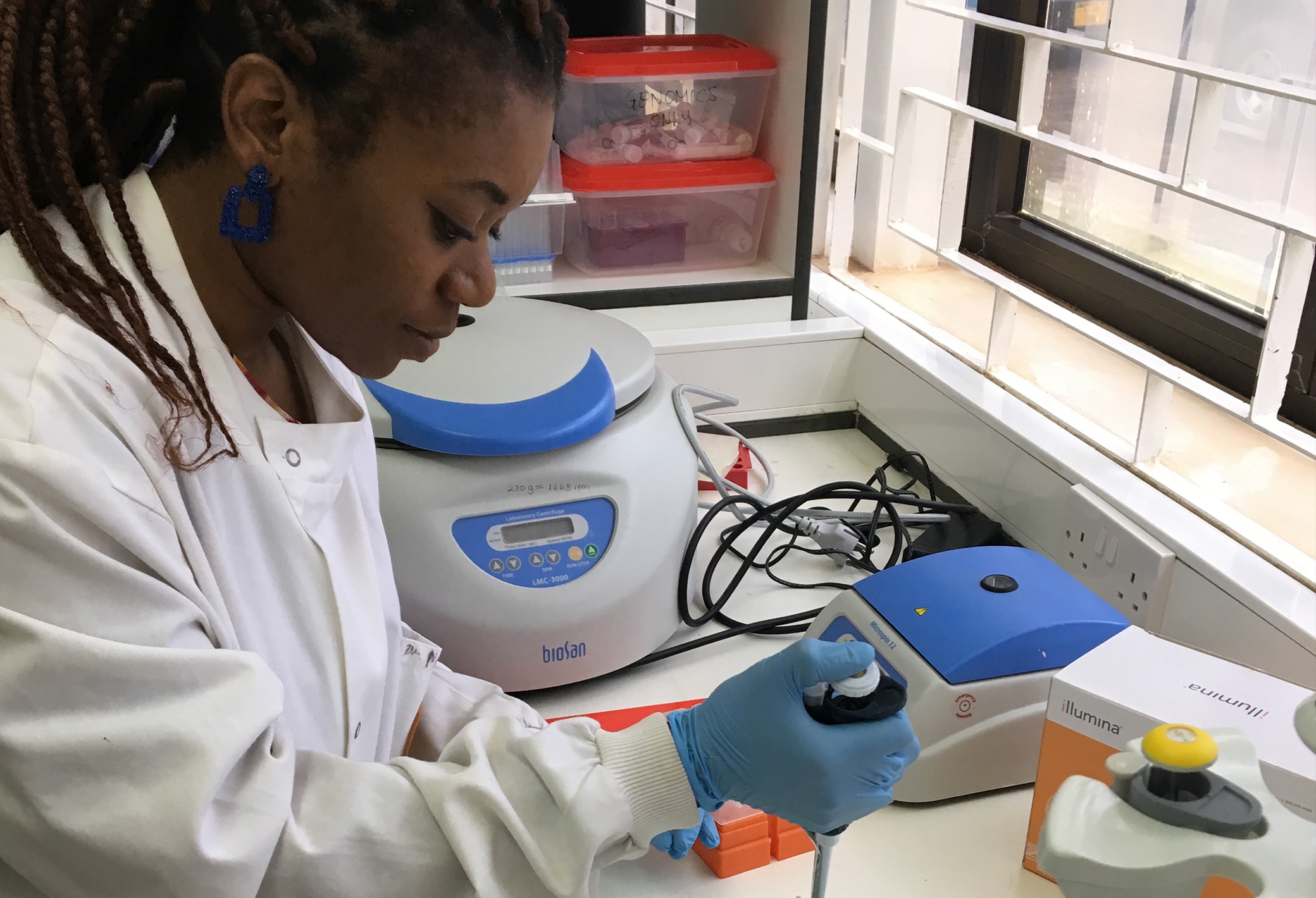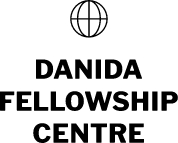Whole genome sequencing, a first for East Africa
13-06-19

By Vibeke Quaade and Michael Alifrangis
With Danida’s support, Danish researchers and their Tanzanian colleagues have tested whole genome sequencing in Tanzania. The procedure may lead to an improvement in public health in a not-so-distant future.
Now, imagine that you live in a village in the middle of nowhere somewhere on the African continent. That would be a very different story. It could take weeks to find out whether, for example, you have salmonella, an infection that can be fatal.
Luckily, there is good news on the way. With Danida’s support, Danish researchers alongside their Tanzanian colleagues have shown that, with minimal investment, traditional diagnostic equipment and decades of expertise can be replaced by a machine that is able to do it all. It works in Denmark and now it has been shown to work in East Africa, too. The whole genome sequencing machine was installed at Kilimanjaro Christian Medical University College (KCMUC) in Moshi, Tanzania, in 2014. All this is the outcome of the “Whole Genome Based Diagnostic and Investigation of Infectious Diseases Project” administered by Danida Fellowship Centre.
We have been working with whole genome sequencing in Moshi for five years and it has turned out that we can characterise bacterial infections in their entirety using whole genome sequencing. This means that there is the potential for reducing the waiting time for the identification of infectious bacteria from a couple of weeks to 48 hours, Professor Frank Møller Aarestrup explains. Professor Aarestrup, who is from the National Food Institute at the Technical University of Denmark, is the project leader.
It goes without saying that, if the waiting time for identifying infectious bacteria can be drastically reduced, this will have an enormous impact on public health on the continent, Frank Møller Aarestrup points out.
In the course of the years, Professor Aarestrup and his colleagues at the Danish Technical University, at KCMUC and at the Centre for Medical Parasitology at the University of Copenhagen have published the results of their research in international scientific research journals.

A bit of background
Before the story reached this point, the research team had trained two Tanzanian PhD students, Happiness Kumburu and Tolbert Sonda, in whole genome sequencing and in the problems related to analyzing complicated genomic data in the field of bio informatics. This was part of the research capacity building programme financed by Danida that was one of the project’s obligatory components.
Tolbert Sonda foresees that this method will improve the treatment of patients generally.
Whole genome sequencing enables us to predict epidemics of bacterial infection as we now have the tools to describe the bacteria that are in circulation. Furthermore, when the bacteria are fully described we will be able to decide which antibiotics to prescribe and which not to prescribe because of their resistance to specific antibiotics,” says Tolbert Sonda.

Happiness Kumburu considers their collaboration with the Danish researchers and the new facility to be a welcome platform for the university to collaborate with both Tanzanian and international researchers and to share lifesaving knowledge.
Still a long way to go
There is, however, still a long way to go before whole genome sequencing can be used in routine diagnostic procedures in local hospitals. For one thing, the current price per sample is much too high to make it viable to replace the diagnostic methods in use at present by whole genome sequencing.
Nevertheless, the project’s researchers in Moshi expect that the use of whole genome sequencing will eventually become widespread in other fields of research. The machine is already being used in a major EU financed malaria research project. Also in the making is the establishment of a “Centre of Excellence” at KCMUC for whole genome sequencing where local and visiting researchers will be able to carry out research on sequencing and this will be the only one of its kind in East Africa.
Michael Alifrangis is Associate Prof. at University of Copenhagen. Vibeke Quaade is Communications Consultant at Danida Fellowship Centre. The article is based on the Danish article Helgenomsekventeringer kan revolutionere afrikanske sundhedsvæsner by Kristian Sjøgren.
• The machine is very simple in that it isolates the bacteria’s DNA, feeds it into the machine that then spits out a long DNA sequence with in the region of 7 billion characters. This is not useful in itself but if it is matched against a database with the DNA sequences of all known bacteria, there will be an immediate identification of the bacteria in question.
• Moreover, small differences in the individual bacteria can be detected so you can see whether the bacteria that has infected you is the same as the one that caused your neighbour’s infection. This means that researchers can follow how diseases spread and find the source of the infection.
• Doctors can also match the bacteria against bacteria known to be resistant to specific antibiotics allowing them to choose the right sort of antibiotics as treatment.
